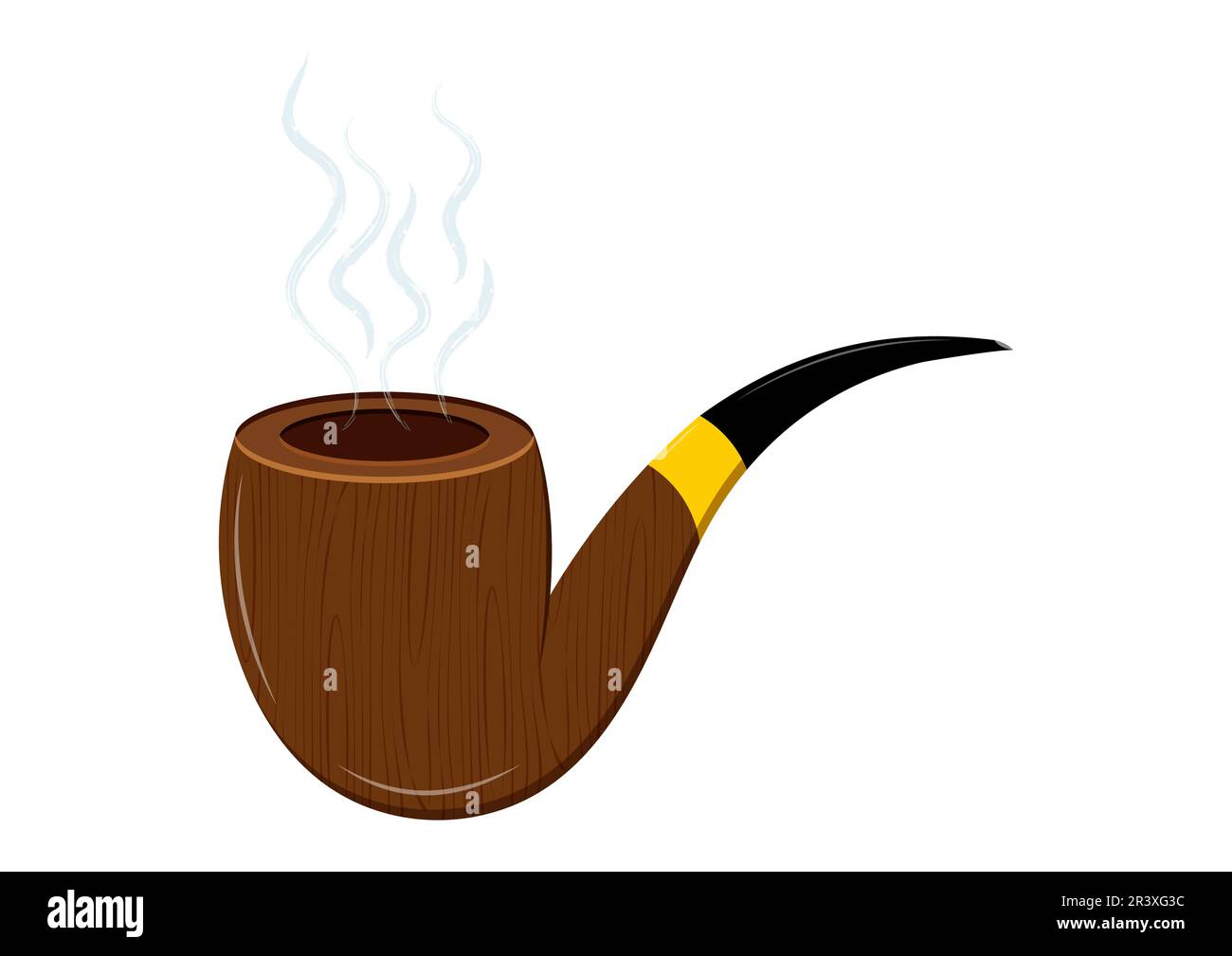So, look for tooth marks near the outer end of the stem, burn marks on the bowl, and a yellow-brown patina to track the pipe’s age. Where a little bit of burning marks is okay, an extensively burnt bowl wouldn’t be worth a lot. You can also expect to see elongated bases with a spur at their bottom.
As to the smoking characteristics of straight versus curved pipes, there is an ongoing debate. My experience and the modest trend of opinion seems to indicate that straight pipes tend to offer a slightly better smoke. I should point out that this may be due to the fact that straight pipes are less likely to collect moisture in the base of the shank at the draft hole. Most clay pipe making was done in London and Bristol in the 1650’s using clay from the abundant nearby deposits in Devon. Though adequate, clay pipes were fragile and were frequently broken, often leaving the smoker with tobacco and no way to enjoy it.
Just as in a well tuned high performance engine, good airflow is the critical factor for a pipe to smoke well. Unrestricted airflow, of optimal volume from bowl to button, insures the best conditions for modulation of the burn. This, in turn, allows an easy pace or regulation of puffing without undue concentration and effort required of the smoker. Optimal airflow is achieved when the smoke channel maintains a consistent “ Goldilocks ” diameter – not too small and not too large.

Of course, old handmade clay tobacco pipes are the real antiques, but being extremely delicate, they didn’t last long. Although the later porcelain, meerschaum, briar, and metal pipes were sturdy, you can still see the signs of wear and usage. Generally, pipes fall into two broad categories that are defined by the course of the smoke channel. Filling cut tobacco From there, one can jump off into an ever expanding realm of marvelous and creative shapes.